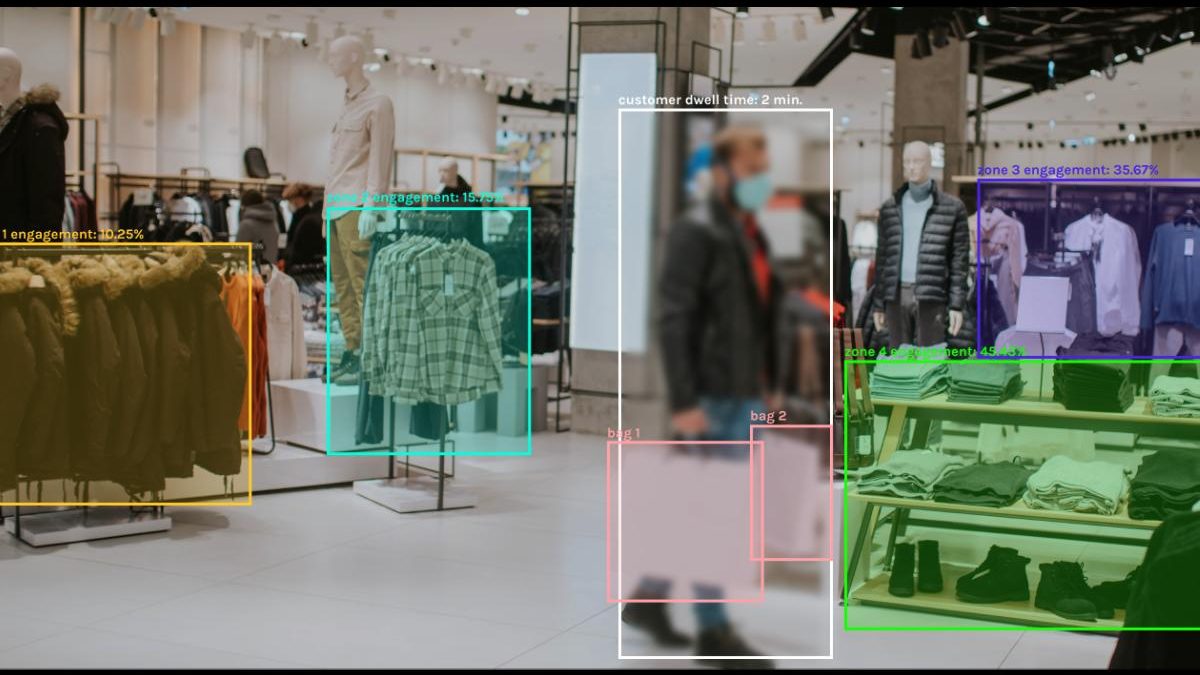Computer vision, a subfield of artificial intelligence (AI), enables machines to interpret and make decisions based on visual data, much like the human eye does with images it processes. While this technology has made notable inroads into sectors such as healthcare, automotive, and agriculture, its application in the retail sector is equally transformative. From improving inventory management to enhancing the customer experience, computer vision for retail is revolutionizing the way retail businesses operate.
Here are some of the top benefits of computer vision in retail:
Table of Contents
1. Enhanced Customer Experience:
- Virtual Try-Ons: With the help of computer vision, retailers can now offer virtual try-ons. Customers can see how clothes, accessories, or even cosmetics look on them without physically trying them on.
- Automated Checkouts: No more long queues! Stores like Amazon Go are already implementing systems where customers can pick items and walk out without manual checkout.
2. Inventory Management:
- Shelf Analysis: Computer vision can scan shelves, detect missing or misplaced items, and even identify if products are not placed according to the planogram.
- Stock Predictions: By analyzing the rate at which products are picked from the shelves, computer vision can help predict stock requirements.
3. Theft Prevention:
- Advanced security systems powered by computer vision can detect suspicious activities or behaviors in real-time, sending alerts to security personnel.
4. Customer Insights:
- Footfall Analysis: Understand peak hours, customer movements, and dwell time in different sections of the store.
- Demographic Insights: Identify age groups, gender, or other demographics of visitors for targeted marketing.
5. Enhanced Store Layouts:
- By analyzing customer movements, heat maps can be generated to identify which parts of the store attract more footfall. This information can help retailers design better store layouts and optimize product placements.
6. Remote Quality Check:
- With HD cameras and computer vision algorithms, it’s possible to inspect goods at manufacturing or packaging sites remotely, ensuring quality without physical presence.
7. Price Monitoring:
-
- Cameras can be used to scan prices across competitor stores. By analyzing this data, retailers can adjust their pricing strategies dynamically.
8. Interactive Kiosks:
- Computer vision-powered kiosks can recognize products that customers bring to them and provide information, recommend related products, or even offer discounts.
9. Social Distancing and Health Protocols:
- Especially relevant in the post-pandemic world, computer vision can detect instances where social distancing is not maintained, or if customers are not wearing masks in stores where it’s mandatory.
10. Sustainable Retail:
- Computer vision can be employed to monitor and reduce energy usage in stores, ensuring lights and cooling systems are only used optimally.
As computer vision technology continues to advance, its applications in the retail sector will expand, driving operational efficiencies, better customer experiences, and improved profitability. While there are concerns related to privacy and data security, with the right ethical practices and transparency, computer vision promises a brighter and smarter future for retail

